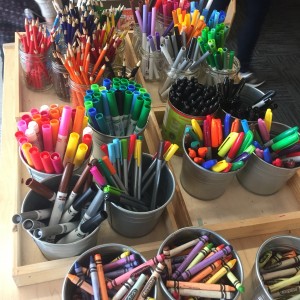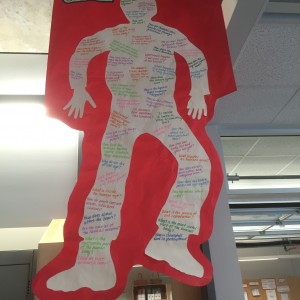As I am sure you can tell by reading my previous posts, I have always been an advocate for experiential learning. I feel very fortunate for having the opportunity to travel to Germany to work in a different environment than I am used to. I feel that I have learned a lot from the kids and the staff about what provides the best learning opportunities. I am curious what education is like in other countries. How is it similar to ours, what do they do differently and have success with? I would love to take further opportunities to explore these questions and hope to have the chance throughout my career as an educator.
During my stay with the students in Germany, they were learning about different countries of the world. I took this opportunity to teach them a little bit about school in Canada and some of our customs and cultures. I think it is so important to instil a sense of curiosity and understanding about other cultures, it can foster tolerance and give students a better look at how other cultures are similar and different and that it is important to embrace the differences. I feel that it will only benefit students to understand that people are different at an early age. It promotes open mindedness and acceptance.
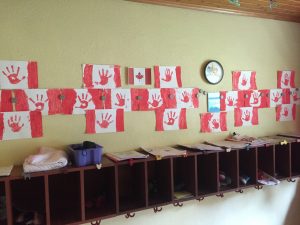
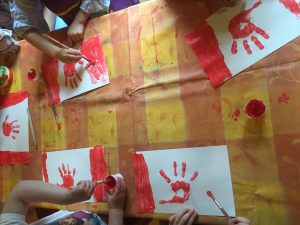
I am looking forward to hearing about my peers’ experiences over their CFE’s. I hope they all were able to take something away and share what they have learned. There was such a wide variety of opportunities given to each TC, that I think we will benefit from one another through discussion and practice.

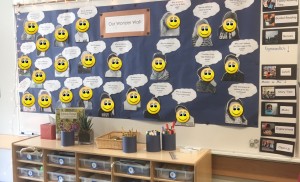 motion of inquiry based learning. In the primary years, classrooms would have “wonder walls” and in the middle years common areas there would be students’ bodies outlined with questions written inside. Having these questions visible at all times reminds students of their curiosities and promotes exploration, again, independently or as a group.
motion of inquiry based learning. In the primary years, classrooms would have “wonder walls” and in the middle years common areas there would be students’ bodies outlined with questions written inside. Having these questions visible at all times reminds students of their curiosities and promotes exploration, again, independently or as a group.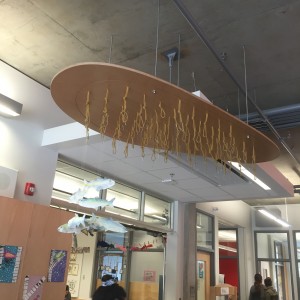 displayed and I can only imagine that it gives the students a sense of pride to have their work shown off for the school to see. Even though there may be lots of obvious themes throughout the school, it becomes clear that students are able to use their own creative licenses. Art supplies, books and play based objects were easily accessible at all times, allowing students to ex
displayed and I can only imagine that it gives the students a sense of pride to have their work shown off for the school to see. Even though there may be lots of obvious themes throughout the school, it becomes clear that students are able to use their own creative licenses. Art supplies, books and play based objects were easily accessible at all times, allowing students to ex